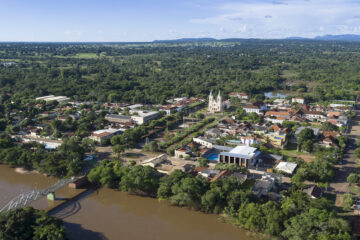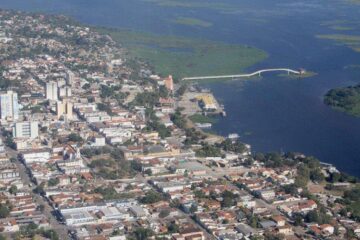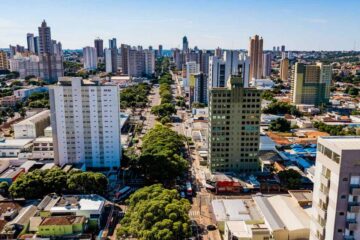Este post também está disponível em:
Português
English

Igreja de Nossa Senhora da Penha nestled in the heart of Recife’s commercial centre, the history of the Basilica of Penha dates back to the times of the Hereditary Captaincies, when Count Dutch Maurício de Nassau, then governor, welcomed the first French Capuchin missionaries to Pernambuco in 1642.
Later, the Capuchins received a donation of a vast site and built a hospice and a church.
In 1870, Capuchins from Veneto (Italy) demolished the old Church da Penha and erected the imposing current Basilica of Penha, completing the work in 1882, led by the skilful Capuchin architect Friar Francesco Maria Di Vicenza.
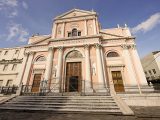
The Basilica of Our Lady of Penha is a landmark in the history of Pernambuco’s architecture and an example in Brazil of the beginnings of neoclassicism in Pernambuco.
Unlike the Baroque style used in most churches in Recife, the Basilica of Penha has Neo-Renaissance architecture and an architectural work of vast artistic ensemble both inside and outside.
Video “Architecture and History of the Basilica de Nossa Senhora da Penha”
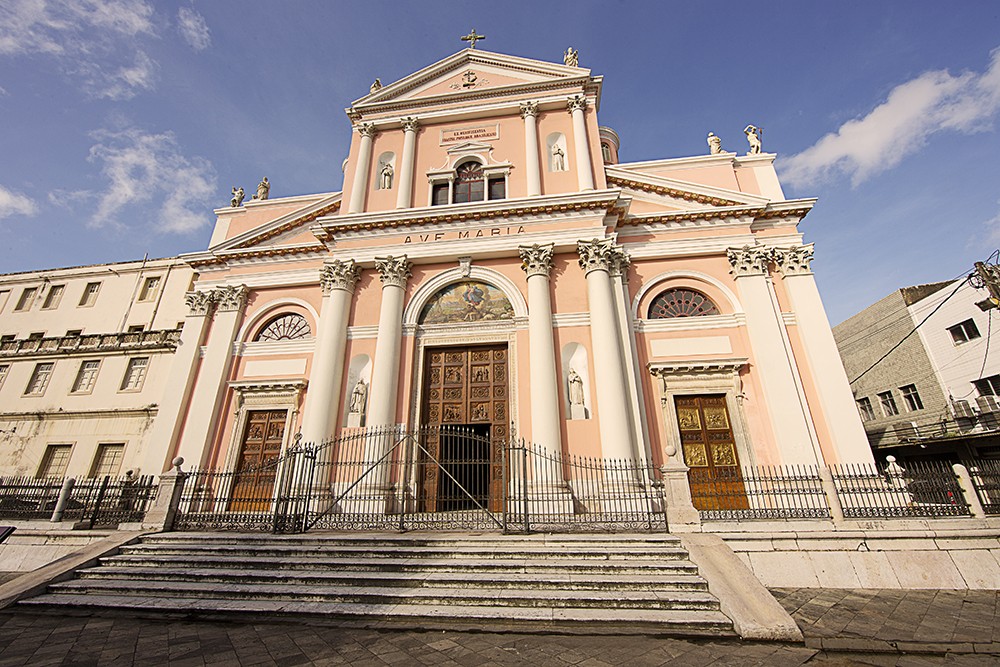
Basílica Nossa Senhora da Penha em Recife
Most of the works have no documentation indicating proper authorship, leaving a gap in the historical survey of the building.
Among the few pieces of known authorship we find, on the main altar, the figures of St Francis and St Anthony carved in marble in low relief by Valentino Besarel and low relief on the main altar. However, there are indications that several works are by the same sculptor. There are also frescoes by Murillo La Greca on the high altar.
In 1964, Dom Hélder Câmara, Archbishop of Olinda and Recife, created the Parish of Our Lady of Penha and chose the Basilica of Penha as its Mother Church.
Traditionally on Fridays, the Basilica of Our Lady of Penha gathers a large flow of devotees, when the blessing of St Felix is given throughout the day by the Capuchins.
Tourism and Travel Guide to Recife, Pernambuco and the Northeast
Religious Tourism and Sacred Recife
Bahia Tourism Guide




